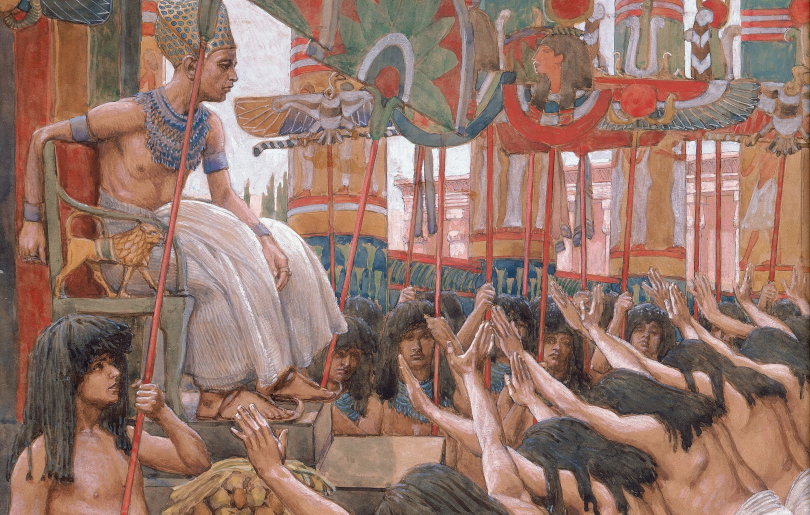What has Balaam to do with Josiah? Ancient stories are not always what they seem, and different biblical passages often intersect with each other in unexpected ways. In this article, I examine a speculative theory about an unknown king of Judah by investigating some problematic passages in the Old Testament.
Problem #1: A War That Never Happened
In the book of Numbers, just prior to the famous story of the seer Balaam and his talking ass, the Israelites conquer the kingdom of an Amorite king named Sihon, whose capital is the city of Heshbon, east of the Jordan River.
When archaeologists sponsored by the Seventh-Day Adventist church excavated Heshbon (modern-dan Tell Hisban) in the 1960s, they seem to have anticipated finding the remains of a Bronze Age city that would corroborate the story of the exodus and Israel’s conquest of the Transjordan region in Numbers. Instead, they found no trace of occupation from the time in question. Heshbon was a real city, but it had flourished as the capital of an Ammonite kingdom at a much later time, during the late Iron Age (7th and 6th centuries; see MacDonald, p. 92).
Read More »







